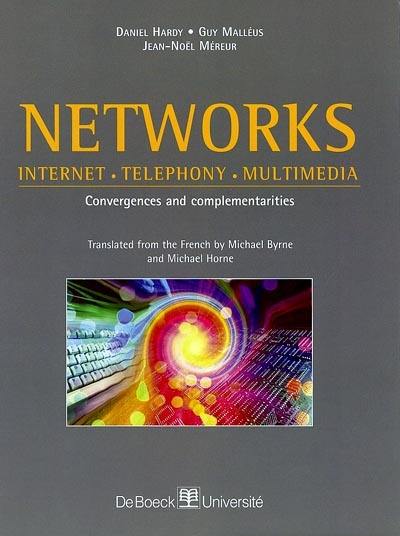
Fiche technique
Format : Relié
Nb de pages : XVI-764 pages
Poids : 2865 g
Dimensions : 22cm X 28cm
EAN : 9782744501449
Networks
Internet, telephony, multimedia
convergences and complementarities
Quatrième de couverture
This is the combined work of a team of specialists, mostly from France Telecom REtD and Cisco Systems. It describes the fundamental principles of the new generation telecommunications networks (NGNs), and discusses their likely developments.
The first part gives a general overview of the world of telecommunications: the legal context (itself evolving rapidly), the situation of service markets, what the industry has to offer in terms of products, the basic technologies and, finally, the challenges facing network operators today. It illustrates the complex path leading from technological innovation to service.
The second part deals with the key technologies of today's and tomorrow's networks, highlighting the ascendancy of digital, the contribution of optics, radio for mobility and the role of packet mode, the sine qua non of multi-speed networks. Protocols, information systems and languages are also examined at length, as are issues of traffic quality and network security.
The third part looks at the networks in use today: optical transmission networks, 64-kbps synchronous switched networks, audiovisual networks, data networks and the Internet, mobile networks and private networks. It concludes with a study of the high-speed packet mode networks now coming into existence.
The fourth and final part is devoted to new generation networks (NGNs) in their various forms, with special emphasis on the new economic context and its impact on network designers and operators. It ends with a presentation of the viewpoints of two major actors in the field.
Although of particular interest to undergraduate and postgraduate level engineering students, this work has also been made accessible to the interested layperson with no specialized knowledge of networking. Its publication coincides with the current reappraisal of the effects of the tumultuous technological changes that marked the end of the 20th century.





